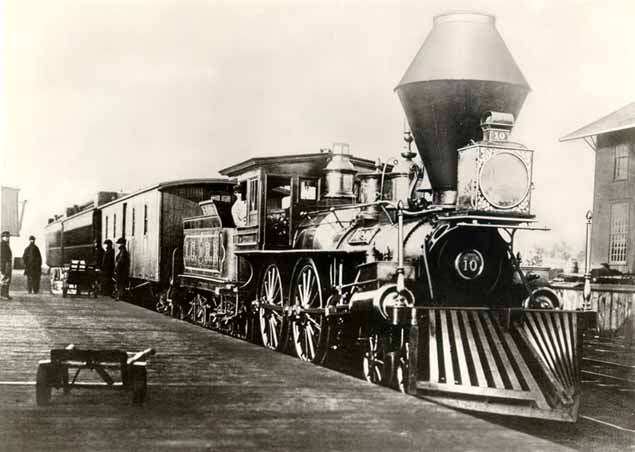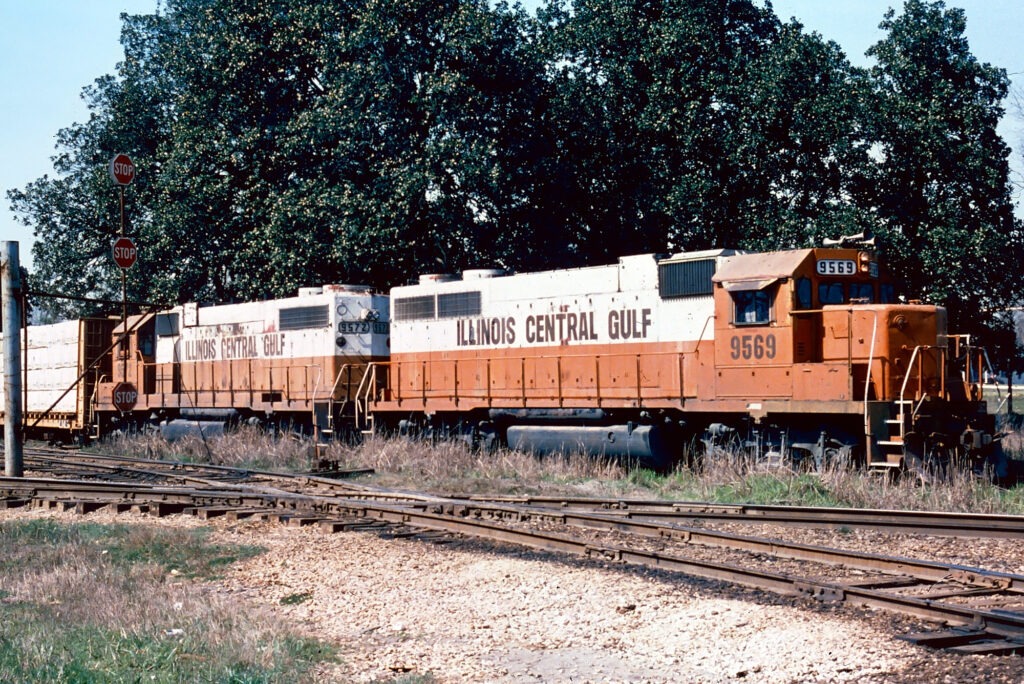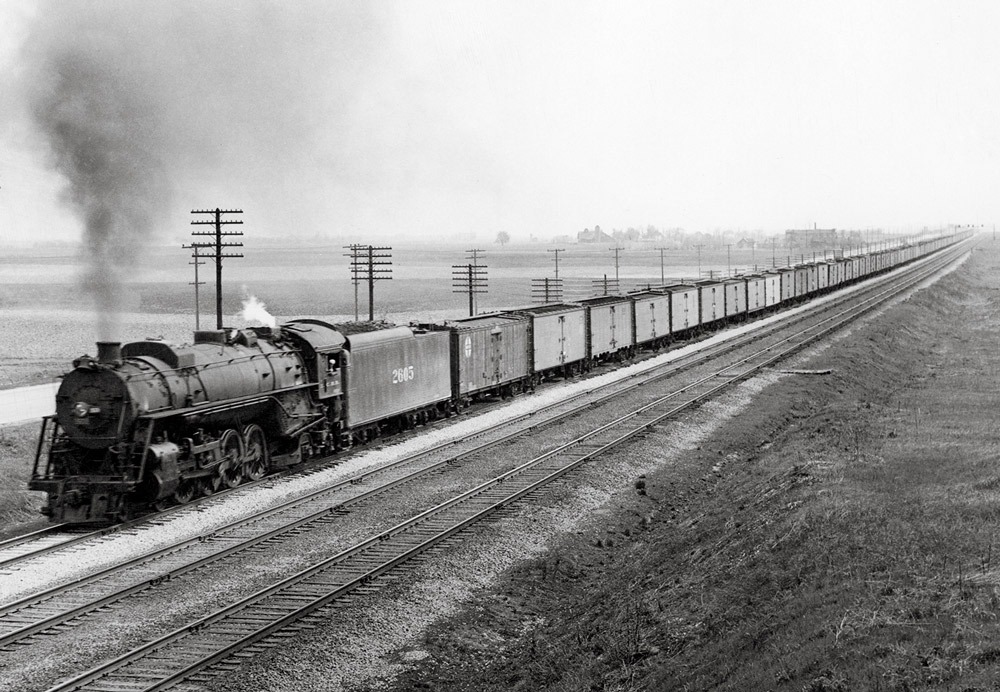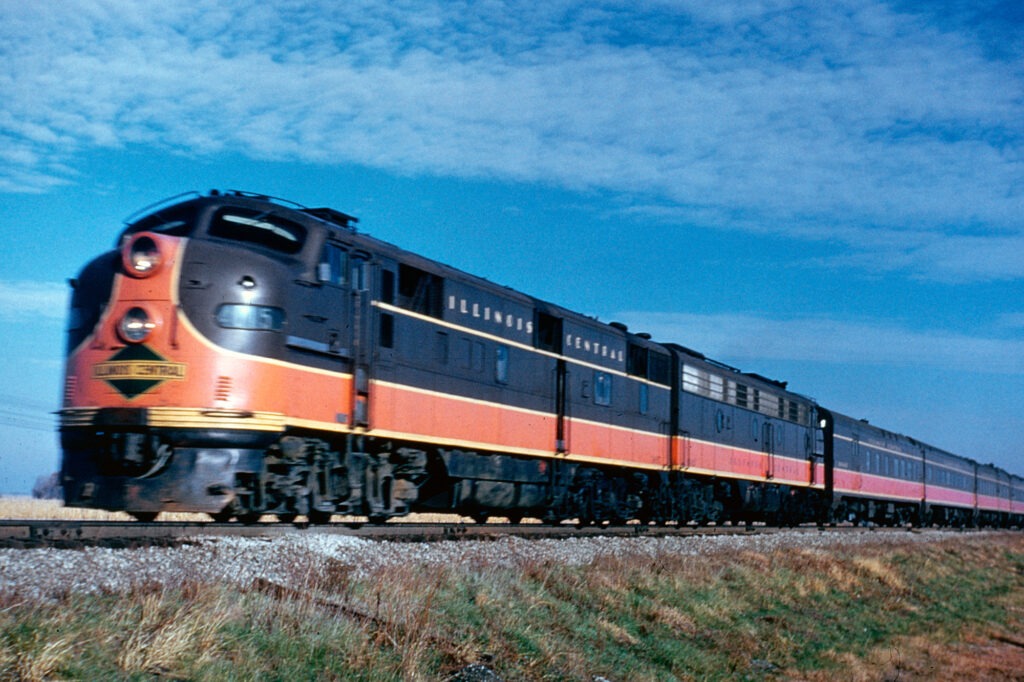The Illinois Central Railroad: A Chronicle of Progress and Innovation
The Illinois Central Railroad, sometimes referred to as the “Main Line of Mid-America,” boasts a rich history of connecting the Midwest to the Gulf Coast. This expansive railroad, with its primary routes linking Chicago, Illinois, with New Orleans, Louisiana, and Mobile, Alabama, has been instrumental in creating vital trade and passenger links from the Great Lakes to the Gulf of Mexico.
The Genesis of Illinois Central Railroad

The Illinois Central Railroad (IC) traces back to 1851, under the auspices of its home state. It was the very first U.S. railroad to be partially financed via a federal land grant, a form of financing that would play a significant role in the construction of U.S. railroads throughout the 19th century. The railroad was chartered by the Illinois General Assembly with the objective of constructing a line from Cairo, located at Illinois’ southern tip, to Galena in the state’s northwestern corner.
Expanding the Mainline of Mid-America
The IC’s initial line extended from Cairo, at the confluence of the Ohio and Mississippi rivers, to Galena, a mining hub in the northwestern corner of Illinois. However, the railroad’s scope rapidly expanded with the addition of the “Chicago Branch,” which stretched northeast from Centralia (a city named after the railroad) to Chicago, an emerging city on the shores of Lake Michigan. This “branch” would soon become the railroad’s principal route.

Merging with Gulf, Mobile & Ohio: The Birth of Illinois Central Gulf
The IC experienced significant growth during the 19th century, remaining a stable system until its 1972 merger with the Gulf, Mobile & Ohio to form the Illinois Central Gulf. Now, the IC was no longer a mere railroad; it had become a colossal transportation network with a reach that stretched from the Midwest to the Gulf of Mexico.

A Tradition of Conservatism and Innovation
Throughout the 1940s, ’50s, and ’60s, the IC maintained a reputation as a conservative, traditional railroad. It relied heavily on steam power for freight service until 1960. Furthermore, it transported massive quantities of coal from southern Illinois and operated fast merchandise freight trains along the Mississippi valley.
The Illinois Central Gulf Era and Beyond
On August 10, 1972, the Illinois Central Railroad merged with the Gulf, Mobile and Ohio Railroad to form the Illinois Central Gulf Railroad (ICG). This merger marked a significant shift in the IC’s strategy and operations. The ICG began to divest many of its east-west lines and redundant north-south lines, which included a considerable portion of the former GM&O.
Reversion to Illinois Central
In 1988, the ICG returned to its roots, changing its name back to Illinois Central (IC) and focusing on long-haul business between Chicago and the Gulf of Mexico. This name change marked the end of an era and the beginning of a new chapter in the IC’s storied history.
Illinois Central’s Passenger Train Service
The Illinois Central was a significant carrier of passengers on its Chicago-to-New Orleans mainline and between Chicago and St. Louis. The IC’s most renowned train was the Panama Limited, a premier all-Pullman car service between Chicago and New Orleans. The railroad also ran a daytime all-coach companion, the City of New Orleans, which operated with a St. Louis section breaking off at Carbondale.
Preservation of the Illinois Central Legacy
Several pieces of historic equipment owned and used by Illinois Central are preserved in museums across the United States. These artifacts serve as a testament to the IC’s rich history, impact, and contribution to the American railroad industry.
The Illinois Central Today
On February 11, 1998, the IC was purchased for about $2.4 billion in cash and shares by Canadian National Railway (CN). The integration of operations began in July 1999, marking the beginning of a new chapter in the history of the Illinois Central Railroad.
The Illinois Central Railroad, with its remarkable history of innovation and progress, has left an indelible mark on the American railroad industry. From its humble beginnings in the mid-19th century to its eventual consolidation under the banner of the Canadian National Railway, the IC’s legacy continues to shape the future of rail transport in the United States.



